Road Trips by a Family of Four – Grandparents, Mom, Teenage Daughter

We crossed 6 states and covered 4435kms in this wonderful road-trip to Odisha and back. This was our 5th road trip across India. We started from Mumbai, crossed Karnataka and halted at Hyderabad overnight. Next morning, we drove to Vishakhapatnam in Andhra Pradesh and spent 2 lovely days, visiting the Borra caves in the Ananthagiri Hills of the Araku valley and the INS Kursura submarine museum on RK Beach. We continued our drive to beautiful Puri where we stayed at the Victoria Hotel, right across the Bay of Bengal. We visited the famous Puri temple and made day trips to Konark, Bhubaneswar, Pipili and Chilika, From Puri we drove to Sambalpur to see the great Hirakud dam on the river Mahanadi (Appa’s boyhood dream). Thence to Nagpur, the centre-point of India, where we stayed with my schoolfriend for 2 nights and a day. On to Aurangabad to gaze in wonder at the Ellora caves, climb the awesome Daulatabad Fort and visit the Bibi-ka-Muqbara mausoleum. We returned home to Mumbai, awed, enriched and humbled by all we had seen and experienced. A great country indeed!
The drive to Hyderabad was a known route – we had visited Tirupati on an earlier trip. We stayed overnight at Skyla Service Apartments in Gachibowli. A 3-bedroom apartment with a common hall that we reached in time for dinner. While we had had a late breakfast at Vithal Kamat’s, lunch was skipped because we could find no suitable restaurant on the way.
On the drive from Hyderabad to Vizag we faced heavy rains and flooded roads in the aftermath of the cyclonic storm Phethai that had hit the Andhra Pradesh coast a couple of days previously. After a few diversions and slow traffic movement, we sped on NH65 passing Vijayawada and Eluru. We had breakfast at 7am at a large food court called Highway 7 on NH65 between Hyderabad and Vjayawada. Very convenient, clean and plenty of variety. It was crowded with travelers. My daughter managed to pick up a huge Willy Wonka from her favourite ice-cream store, Cream Stone. At Rajamahendravaram we joined the NH16, a section of the Golden Quadrilateral National Highway to our place of stay at the Classic Luxury Service Apartments near Ramakrishna Beach and the INS Kursura Museum at Vizag. We glimpsed the great Krishna and Godavari rivers on the way. The 600km long drive took us around 10 hrs and we drove across the clean lines of the Vizag port, whitewashed by the cyclone. We pointed out the long carriers, containers and huge cranes swinging their massive cargo from vehicle to land, to my daughter, explaining the cargo movement process. We reached our place of stay, Classic Luxury Service Apartments, on a wet afternoon at around 5pm. Great location, friendly staff and lovely rooms. We relaxed for the rest of the day and wound up after a satisfying dinner. The next morning, we departed for the Anantagiri Hills in Araku Valley after breakfast to see the Borra Caves. A beautiful, winding, uphill drive 90 kms from Vizag, with the lush greenery of the Blue Mountains.
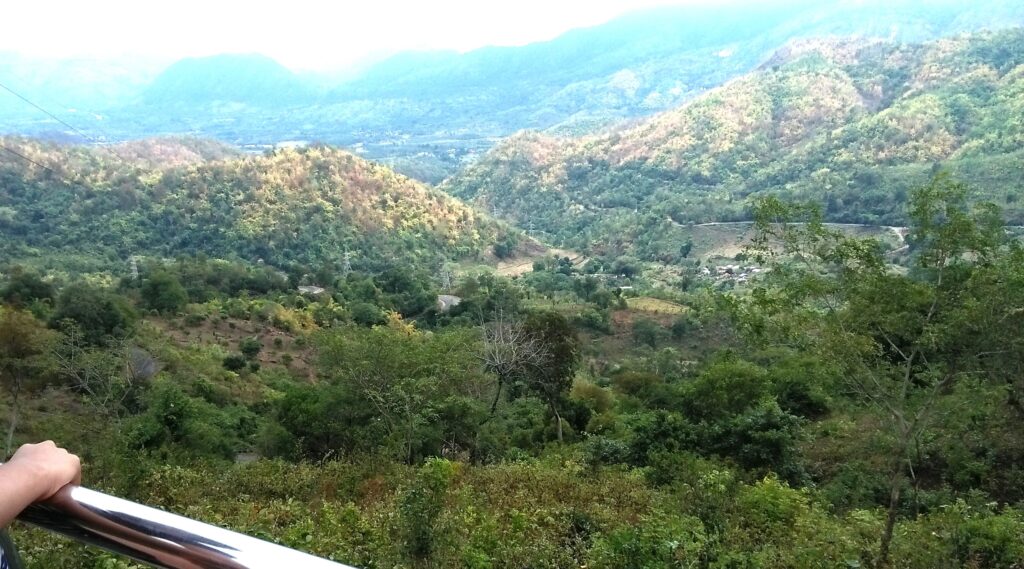
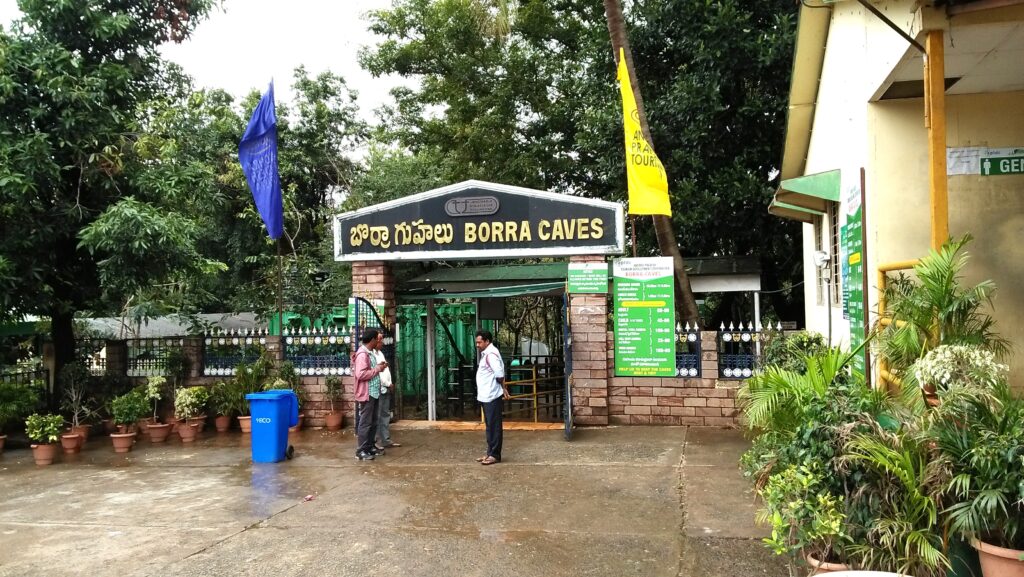
Borra Caves were formed as a result of the flow of Gosthani River on limestone deposits of the hills. Discovered by William King George of the Geological Survey of India, they are estimated to be over 1.5 million years old. These caves are known for the breathtaking stalactite and stalagmite formations. Water percolating from the roof of the caves dissolves the limestone and trickles drop by drop to form stalactites at the roof of the cave and stalagmites on the ground. These deposits have developed into interesting forms and structures inside the caves such as Shiva–Parvati, Mother–Child, Rishi’s beard, mushrooms, crocodile, temple, church; all open to interpretation. The caves have been lit with coloured lights in patches, giving them an eerie and adventurous feel. We bought tickets at the counter and Appa and Amma gamely entered the caves with us. As one moved deeper and lower into the caves, the floors became slippery with wet mud and water. We had hired a guide to take us through the caves as we helped my parents navigate the tricky portions. The cave was right below the Vizag – Araku train line, which ran above the earth’s surface. My daughter and I climbed up close to the roof to hear a train rattling above. Quite an experience! She was thrilled as any child would be. After spending more than an hour underground, we surfaced at the top and sat on the seats near the exit. We had the flavourful Araku coffee and Appa went down to a shack to try the famous Bamboo chicken.
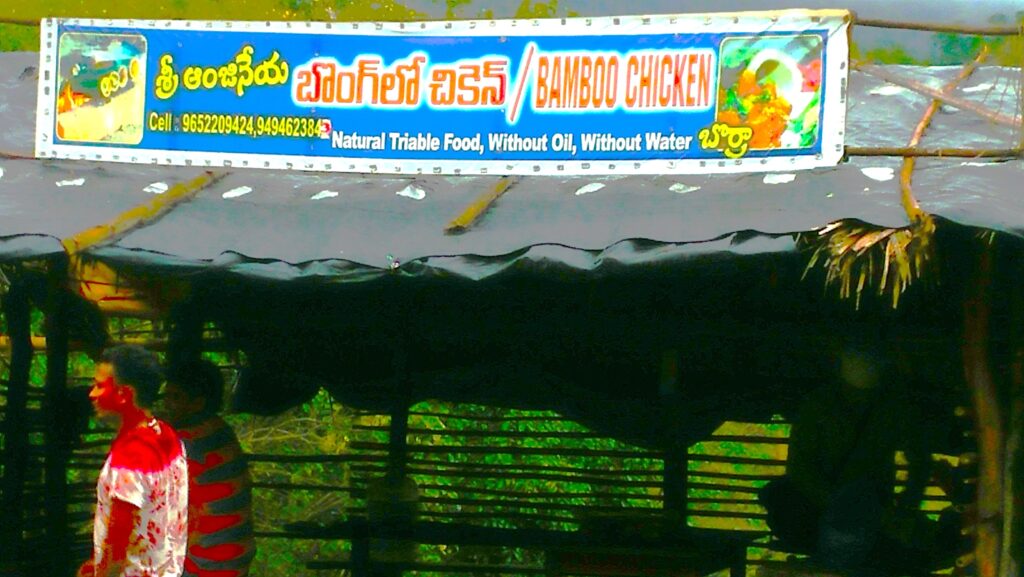
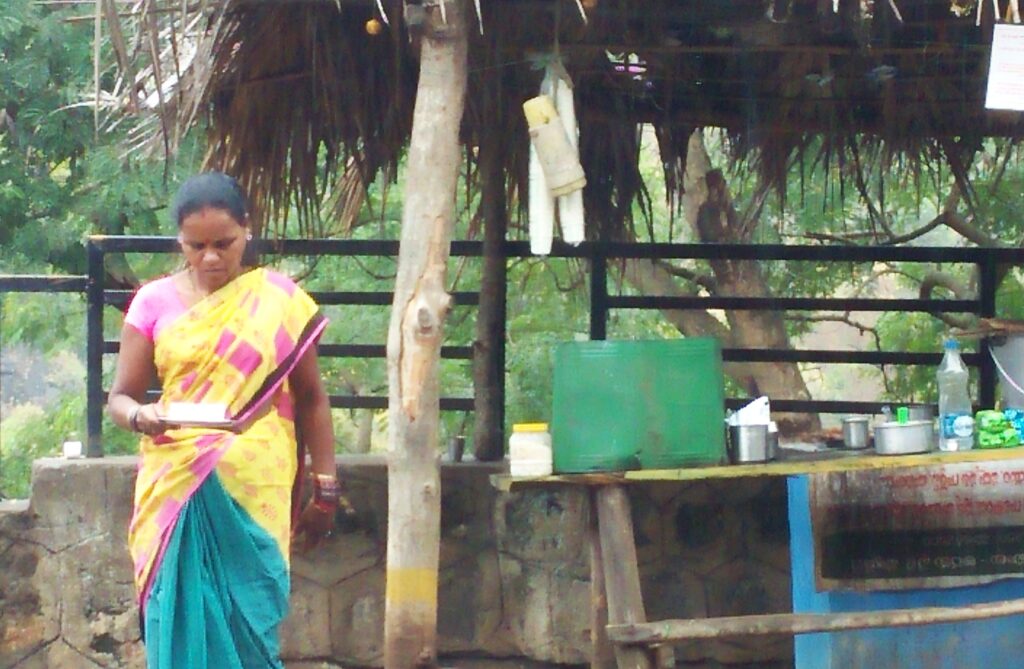
We drove back to Vizag after lunch at a resort named Jungle Bells at Tyda. The INS Kursura submarine museum was located at RK Beach, Vizag, quite close to our guest house. We reached in the nick of time to buy our tickets before the counters closed for the day. We were taken in batches of 50 inside the sub with a guide explaining its various compartments, underwater missiles and other technical capabilities. We were enthralled. It was dark outside already and our pictures with the massive sub in the background were not very clear. It didn’t help that the submarine was coloured pitch black too.
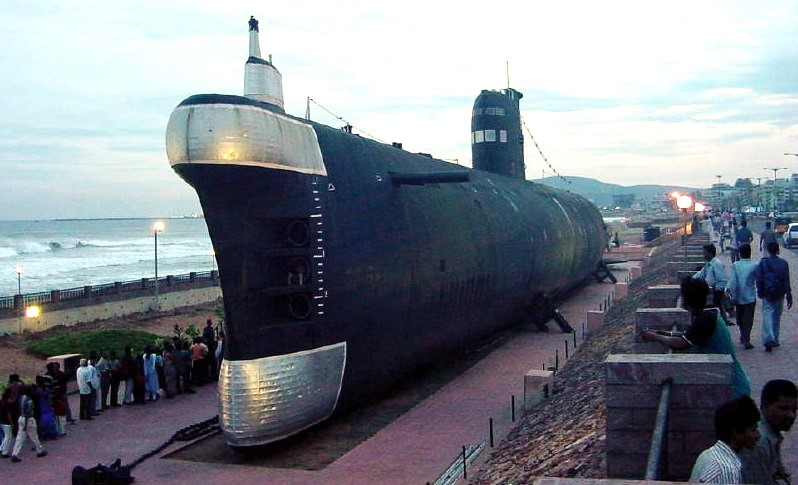
Road trips with 2 senior citizens and a child With parents in their 70s and 80s, self in my 50s and my daughter, moving annually from 8 to 15, we are quite a motley group age-wise. The key to a successful road trip, for us, has been good planning. The proposal for the next road trip is made to the team at least 6 months in advance. Amma’s first reaction is usually skeptical (can we do this?) and rightly so, being a cancer survivor and in her 70s. Appa, from whom we imbibed the love of travel, would ask for a plan. So I would pull out road maps (the ones from TTK are superb), draw up an Excel sheet and plan our route. The detailed schedule included names of hotels we would stay in during our trip. The four of us stayed in 2 rooms adjacent to each other, which later became 1 when Amma succumbed to the Big C at 78, after having done 6 trips together. She is still with us of course, in spirit and in frame, smiling from the desk of every hotel room we visit. I would draw out the route on the map and once the plan was ready, give a presentation to the family seated around our dining table. Their questions included number of hours of travel at a stretch, nature breaks, food breaks, hotel convenience and comfort, clothing, number of tolls, road condition etc. for all of which I had to have suitable answers. Amma managed the expenses at home so her main concern was affordability. They would also recommend places to see additionally (as in this case, Amma suggested Aurangabad). Once given the Go Ahead, I proceeded with hotel bookings, which were in place at least 2-3 months prior our date of departure. For some, this may seem too much in advance, but with aged parents and a young child, I could take no chances. Early bookings ensured we got the best places and most suitable rooms for stay, closest to the places we wished to visit. And from then on, for Amma and Appa, the daily walks, regular rest and simple diet took on a new meaning to ensure they were fit and ready for the two-week haul. My daughter, always happy to be traveling, loved her annual birthday gift. She and her grandmother celebrated their birthdays in the same month with a road trip in December.
The 9-hour drive from Vizag to Puri was beautiful. NH16 was in superb condition, long, straight and flawless to drive on. Leafless trees and telephone poles leaned precariously to one side, blasted into submission by the recent cyclone. The whole scenery looked scrubbed clean with minimum objects left standing. We looked hungrily for a road-side restaurant, but both sides of the highway looked deserted. At last we spotted a tea stall on the side with a few scattered vehicles parked there. We pulled over and had 2 cups each of the lovely, sweet tea, and it was to serve as our only meal till we reached Victoria Club Hotel on Puri beach late in the afternoon. Vizag – Srikakulam – Bharmapur – around Chilika and finally, Puri.
A superb hotel in an awesome setting, bang across the beach of The Bay of Bengal. You stepped out of the hotel, crossed the road, and you were on the beach moving towards the beckoning waves. We were booked in the Premium Family Room which had 2 double beds for 4 adults, sea-facing and with a terrace. My daughter would leap out of the balcony on to the lawn and wander barefoot towards the swing, where she and her new-found friend would move back-and-forth lazily, chatting, playing the while. The Hotel is over 100 years old (est. 1907), warm and hospitable with great food and service. The lawns are lit up in the evenings and they play soft music for the patrons who sit at tables, being served hot tea and snacks. Idyllic. Amma and Appa were happy and they would walk on the beach with their granddaughter, indulging her with sand castles and camel rides. There were any number of restaurants and fast-food joints selling momos and other quick-snacks. The biggest crowds however thronged carts that sold fresh, fried fish on the beach. The hotel also organized a Panda (pandit) who took us to the Puri temple the next day. He was a guide-cum-priest and helped us with the pooja and prasad. They gave us a parting gift too, a small globe decorated with the faces of Krishna, Balarama and Subhadra, made by the chitrakars of Raghurajpur.
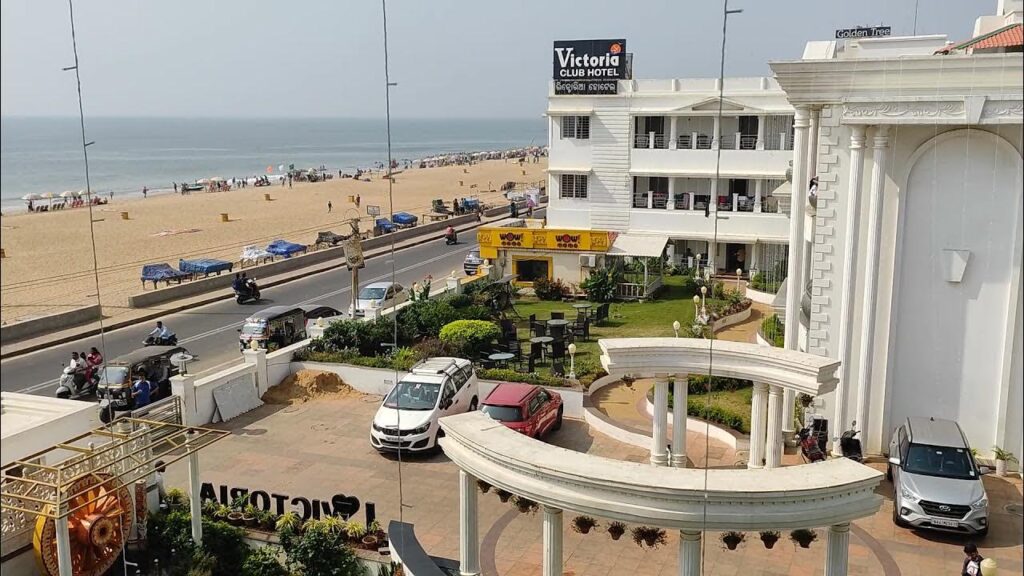
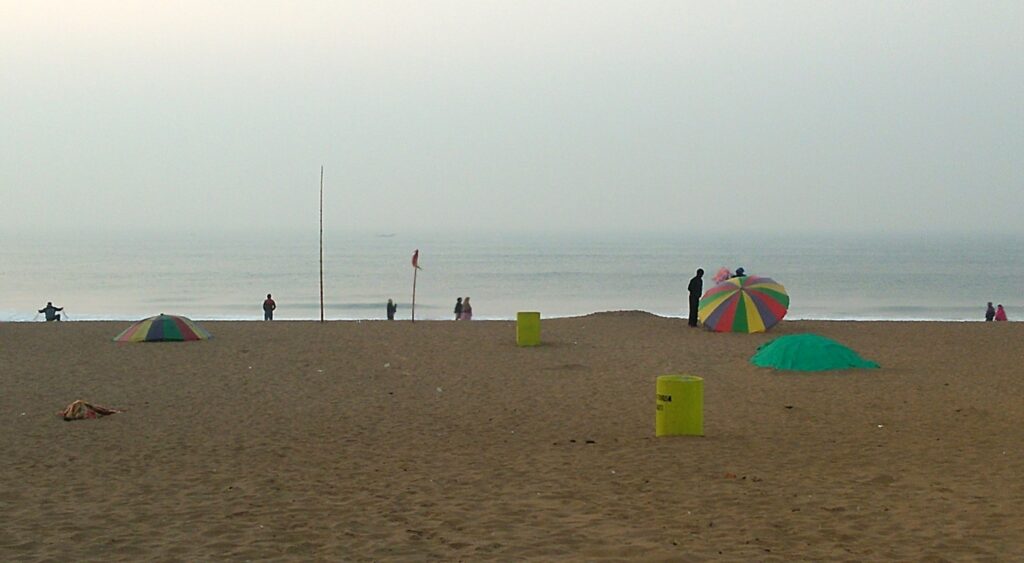
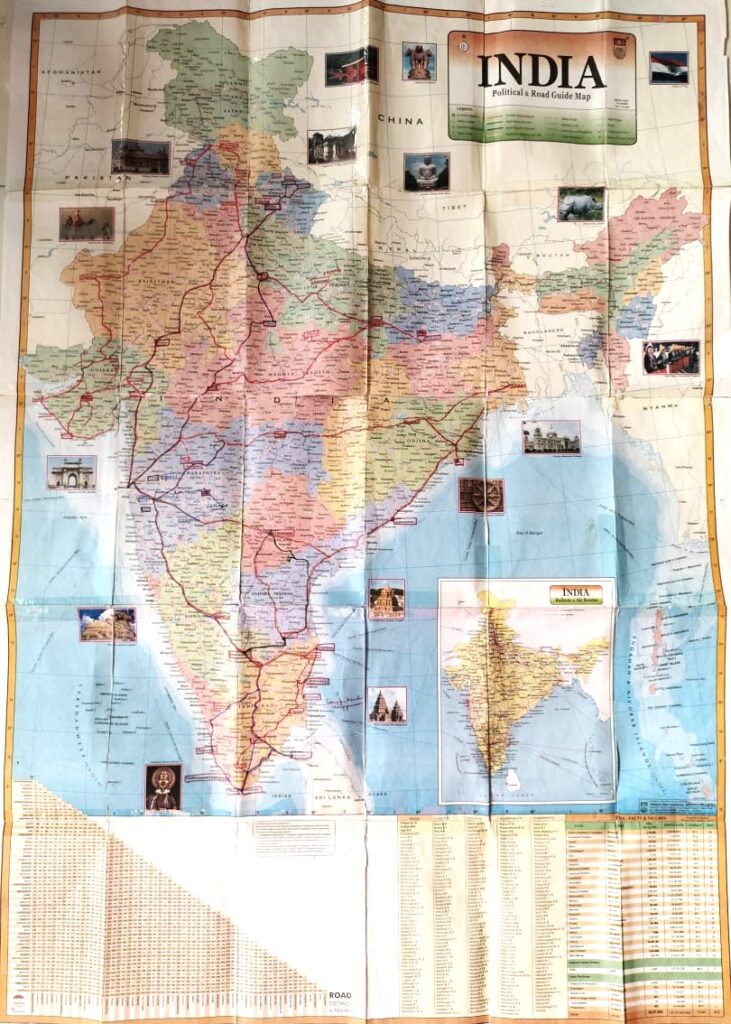
The Puri Jagannath temple was constructed by King Ananta Varman Chodaganga Deva of the Ganga Dynasty, dating back to 12th century, on the seashore of Puri. The main temple was a height of 65 meters and placed on an elevated platform. It was an amazing structure constructed in the Kalinga architectural style. Amazing, because it has withstood centuries of cyclones that regularly lash the Odisha coast as also seismic activity in the area. The hotel had assigned a Panda to take us around, along with another family, and perform poojas where required. The prasad was delivered to us in the hotel in the evening. Amma lost her watch in the melee, neatly picked by expert thieves.
We returned to the hotel for breakfast and left immediately for Konark, an hour’s drive (around 36kms) from the hotel. What magnificence! Even though most of the structure was hidden behind rows of bamboos erected around Lord Surya’s temple for repairs, we were over-awed. The magnificent 24-wheeled chariot (of which 4 can be used as sun-dials to tell time) was drawn by 7 horses; the 24 wheels representing 2 pakshas of each month and the horses, the days of the week. We hired a guide to explain the intricacies of the evolved Kalinga architecture. My daughter was struck by the fact that one could witness three images of the Sun God in three directions to catch the rays of the sun at dawn, noon and sunset. It depicted life in 3 stages: Surya as a boy (dawn), a young man (noon) and an aged person (sunset). The temple had fabulous carvings of deities, mythical creatures, scenes from daily life and erotic carvings, similar to Khajuraho, that we would visit later. The main temple especially was in shambles and many carved stones replaced with plain blocks. It was heart-breaking to see we could not preserve this magnificent structure for future generations. After 2 hours in the huge complex, we returned to the hotel for a late lunch and a relaxing evening.
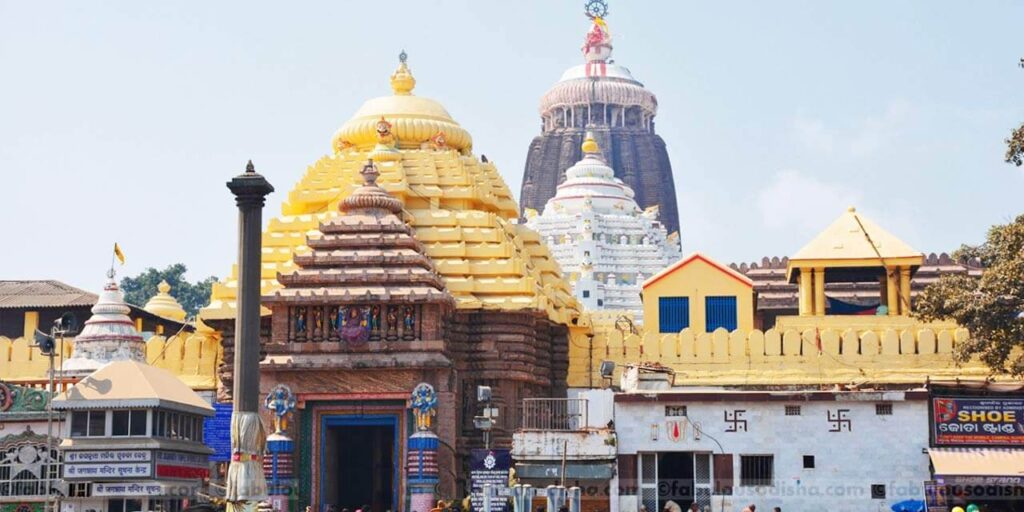
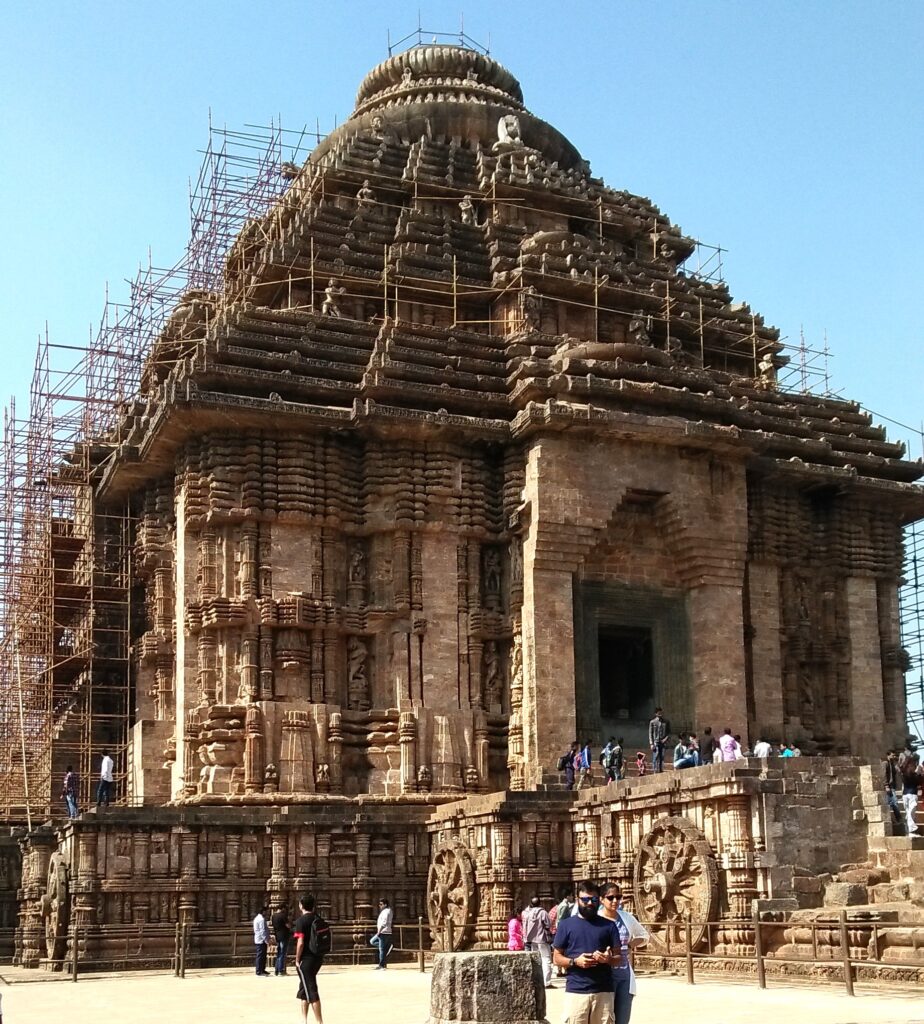
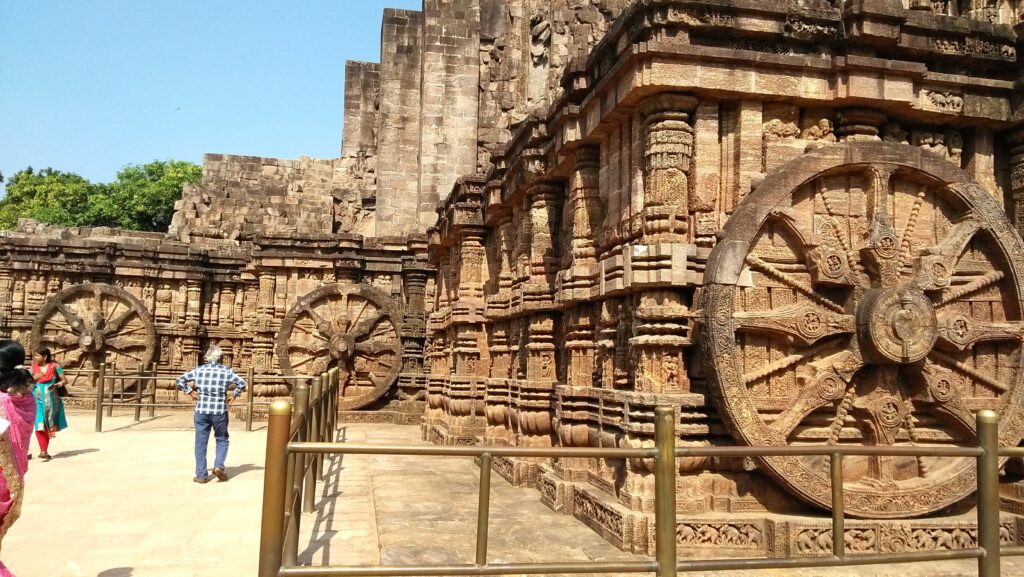
Travel in comfort during those long hours Appa always sat in the front with the driver. We placed a cushion for his back, and he would recline in his seat, stretch his legs and nod off to sleep. He would wear a light sweater and spread his jacket over his legs for warmth, as the air conditioner was always on. Amma sat behind with us, two cushions in a line, one above the other, for the whole length of her back. She would cover herself with her saree pallu and sometimes a shawl. My daughter’s favourite position was with her head on her grandmother’s lap and her feet on mine. As she grew taller, she would lie with her head on the arm rest between the two front seats and stretch herself across between Amma and I with her crossed feet sticking out above our heads. She always carried a Turkish towel bathrobe that served as blanket for her. I was seated near the left window, as was Amma near the right. There were adequate sun screens for the windows, that were put up when required and kept the vehicle cool. Plenty of leg room, comfortable seats – all very cozy indeed.
Bhubaneswar! Abounding in ancient temples! 63Kms from Puri, we drove to the Lingaraj temple, one of the oldest and largest temples in the ancient city built by the Kings of the Somvanshi dynasty. It was dedicated to Shiva but there was also a temple for MahaVishnu (unusual) nearby. The complex was massive and it took us over an hour to go around. We were spotted by a pandit even as we entered the parking area. The car and number plate ensured we would make profitable customers, I guess. Word must have got around and the moment we set foot into the temple complex, we were surrounded by a group of pandits who assured Amma they would perform poojas for her family’s welfare. Amma, always vulnerable where her family was concerned, agreed to part with a ridiculously large sum of Rs 5000 to feed brahmins. The priests chanted shlokas we usually said at home during daily prayers. So, we were brahmins conned by brahmins! We felt cheated, but Amma said maybe it was meant to be. Be as it may, the temple was awe inspiring in its structure and we left feeling fortunate to have witnessed the abhishekam of the linga within. We had lunch at a nearby restaurant and visited a few saree shops for some beautiful Odisha cottons. Amma also bought 4 cotton razai quilts, one for each of us, for the cool monsoon and winter nights back home. They are in use even today.
We left Bhubaneswar and drove to Pipili, 30kms away on NH316. This little town is famous for its beautiful applique handicrafts. As you enter, both sides of the street are decked with colourful cloth lanterns, umbrellas, bags, house décor, skirts and various clothing in bright, vibrant colours. We wandered around, charmed by the colours, entered a few shops and ended up buying beautiful bed covers and wall hangings. This is indeed Incredible India!!
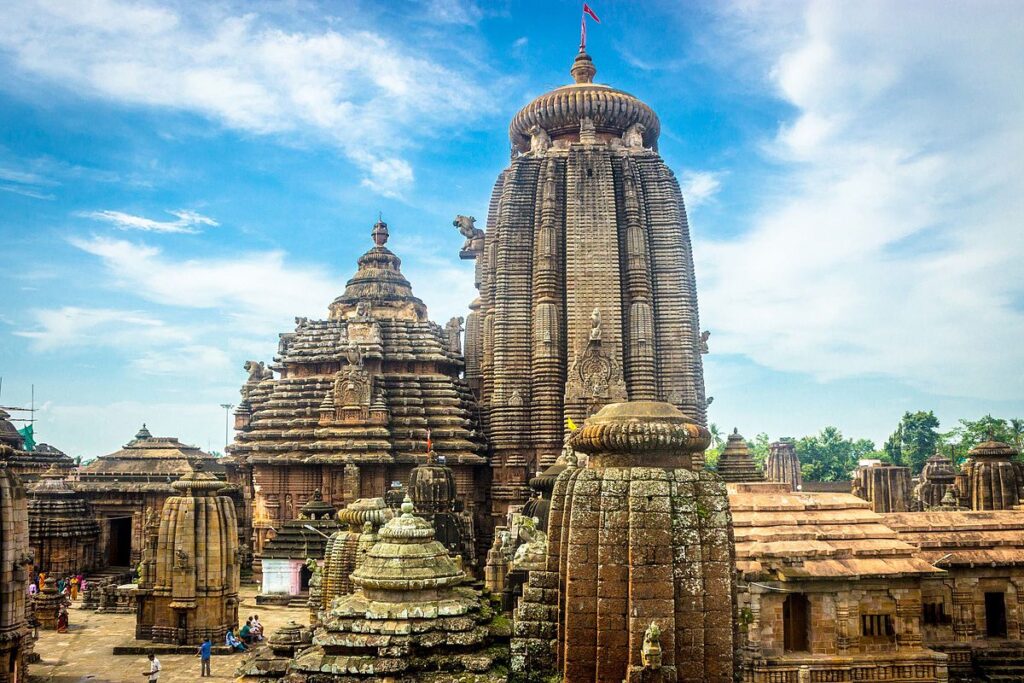
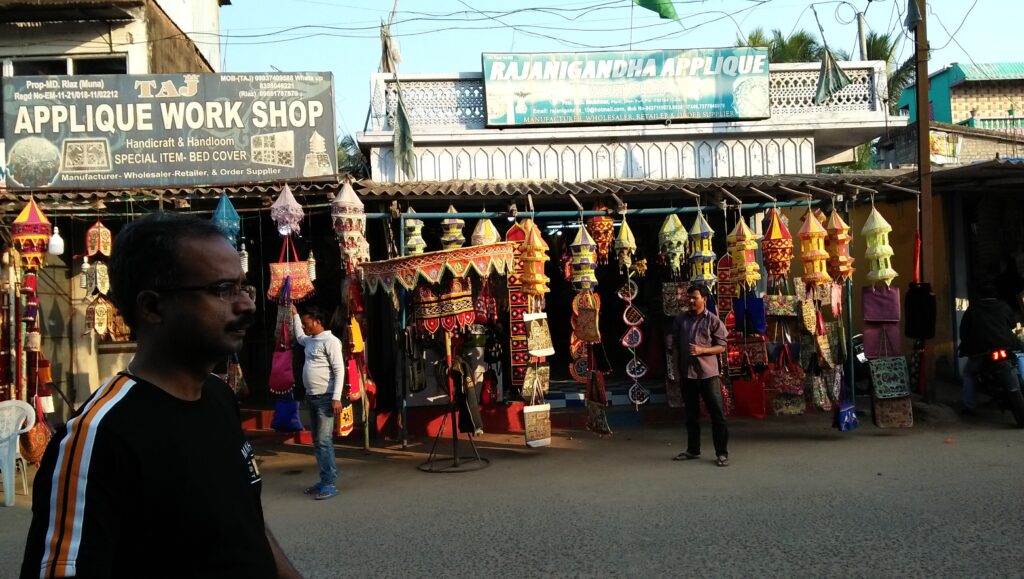
The way to reach Chilika for boating was a 36km drive to Satapada from Puri. At Satapada, you can book a boat or ferry (for a family or with a group) and be rowed across the lagoon to spot Irrawady dolphins. We waited in the large waiting area where they sold breakfast and coffee for early arrivals and used the clean washroom facility. We got onto to our boat at the jetty and went for a long and peaceful ride on the lagoon aka Chilika Lake. It was cool and breezy in December. The boatman waited noiselessly at a point along with other boats and suddenly there was a shout! Small, playful, Irrawaddy dolphins leapt out of the water and cavorted about thrilling my daughter and the rest of us. We watched them till they moved on. Satisfied, we were rowed to a small island where we had tea and snacks. Appa managed to hurt his leg on a sharp edge while trying to get back on the boat by himself, refusing my daughter’s help. We were to proceed to Raghurajpur, a little crafts village home to around 500 Chitrakars – artists who are expert in Pattachitra painting – on our way back from Chilika, but Appa’s leg was bleeding with the deep gash and we rushed back to the hotel to get it treated. Appa, the food connoisseur, also managed to get a fish bone stuck in his throat after having fried fish on the island. The receptionist at the hotel suggested he swallow pieces of banana (no chewing) to get it unstuck, and it worked! All-in-all, an eventful day for us.
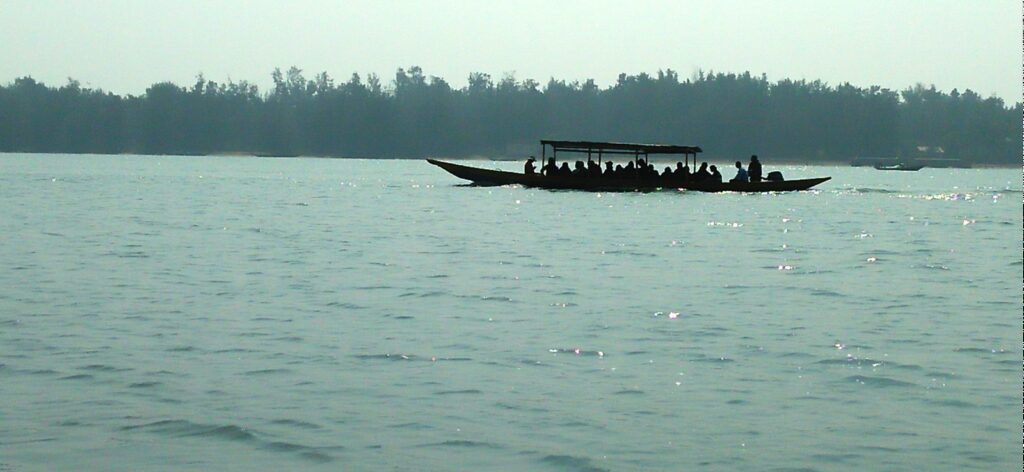
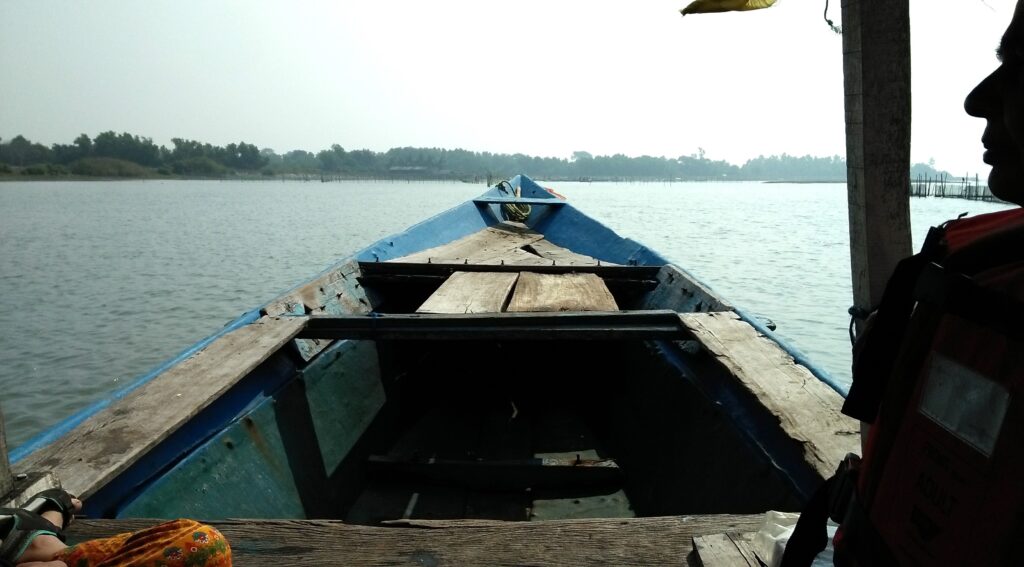
Packing for a road trip Our road-trip luggage consisted of 2 suit cases with clothes for the 4 of us, a large duffel bag with night suits, toilet-kits, medicines, tissues, toilet rolls and other essentials. The duffel bag was almost empty during departure but packed with gifts, mementos and clothes on the return journey. We also carried a small suitcase for overnight halts, so we did not have to unload all our luggage at the hotel for a single night. All this luggage was in the boot, along with the driver’s bag. Appa sat ahead, next to the driver, his small tote bag with the day’s medicines, eye drops, paper napkins etc. nearby. The 3 of us sat in the back with our individual sling bags or handbags. Amma’s large, open, carry bag with wooden handles that she filled with fruits and home-made snacks like thengozal, thattai and ribbon pakoda for our journey was always near her feet. We also carried dry-fruits to keep hunger at bay in case we could not find a restaurant in time for a meal. Another small faux-leather bag contained warm clothing like shawls and jackets that we spread over ourselves when it got chilly in the car, as our road trips were usually in December. We carried plenty of water bottles that were replaced as they got empty. And not to forget junk food like chips, wafers and fruit drinks that my daughter sometimes consumed during travel. A must-have was adequate tissue-rolls and sanitizer bottles that came in handy during nature breaks. There were also plastic covers for collection of rubbish like fruit peels, empty water bottles and used tissue that were deposited in garbage bins enroute.
After 4 wonderful days in Puri, we left for Sambalpur on the fifth morning after a tasty breakfast. While Odisha lays claim to rasgullas as their dish (and not West Bengal’s), the chenna poda, or cheese cake, is without doubt Odisha’s favourite sweet. While at Bhubaneswar, we visited a locally famous sweet shop in a narrow gully. It had a reputation for the best chenna poda and we managed to get ourselves a kilo before stocks ran out. Yumm! Warm paneer baked with sugar and nuts to a crisp on the outside and soft inside. To die for!
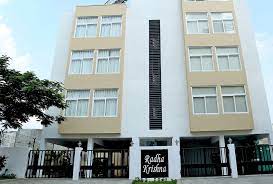
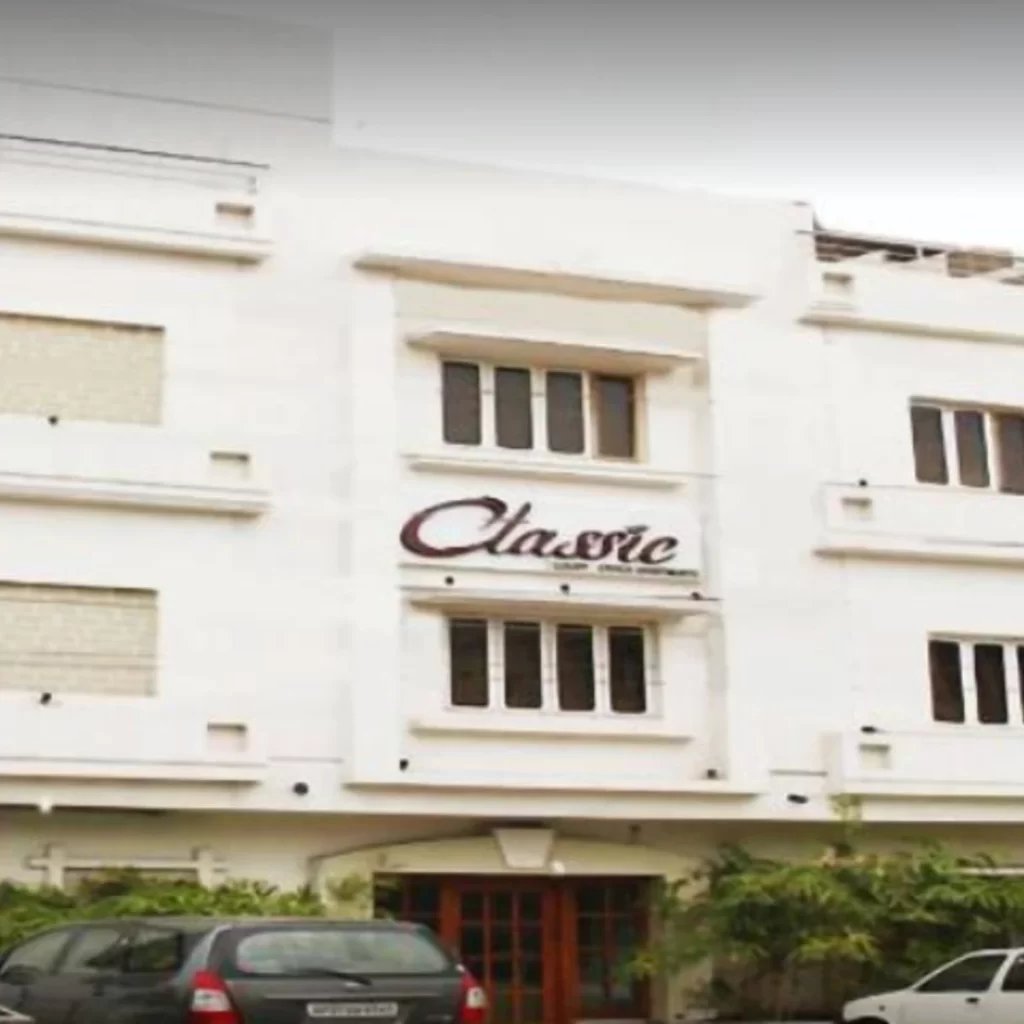
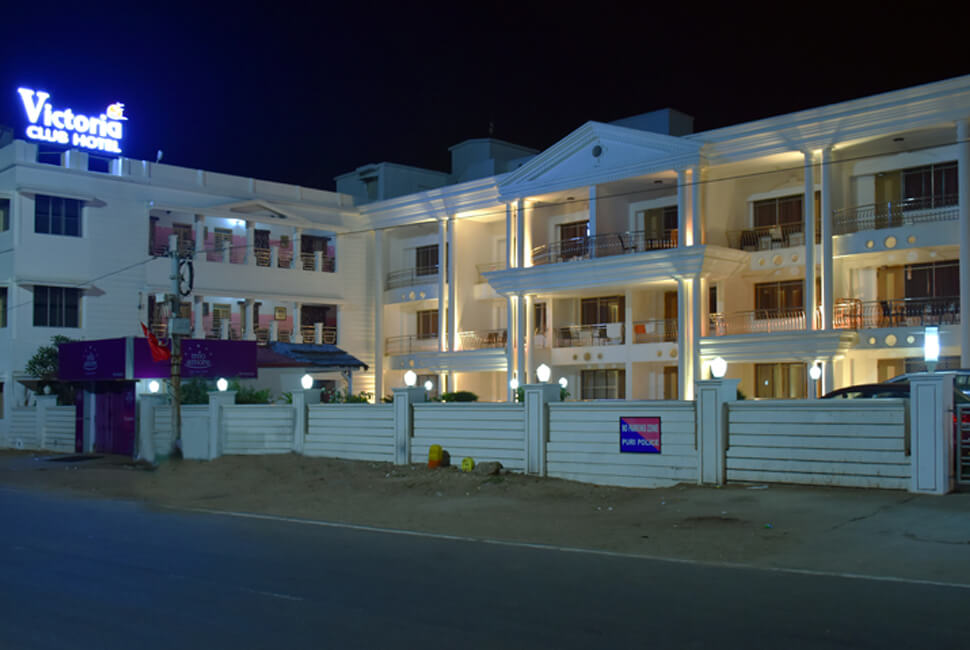
The 8-hour journey to Sambalpur from Puri came with drama and excitement. We took the Bhubaneswar, Cuttack, Dhenkanal route and joined the NH55 to Sambalpur. Somewhere between Dhenkanal and Angul we got stuck in a traffic jam. Huge trucks had stopped on their tracks and the narrow road did not give room for overtaking. We waited for a while and then got off to see what the problem was. Villagers had gathered on either side of the road and there was a lot of shouting on both sides. It transpired that a boy from one village had been beaten to death by villagers from the opposite side of the road and his family and the rest of his village were demanding justice by blocking the road with huge logs of wood and stones. After a couple hours (we had hoped they would arrive at a compromise) a good Samaritan came over and guided us to quietly leave by another, longer by-pass, as the current situation showed no signs of easing. The police and the area collector had yet to arrive at the scene. The by-pass was full of diversions and instead of 8 hours, we reached our hotel, The Grand Siba, 12 hours later at 7:30pm, surviving only on breakfast. The East darkened quickly and by 5:30pm we could hardly see ahead, driving on uneven roads with no street lamps. Our only guides were our headlamps and the tail lamps of the vehicle ahead. Thankfully, we reached out hotel without any further incident.
As a point of discussion, I think our country could do with 2 time zones. The sun rises and sets much earlier in our eastern states than in other parts of the country.
Sambalpur, synonymous with sarees and the great Hirakud dam over the Mahanadi river. Refreshed by a good night’s sleep and the morning breakfast, we drove 32 Kms (just 15 minutes) to the Hirakud dam. It had always been Appa’s wish to see this dam, right since reading about it in textbooks during his school days. We climbed to the top of the Gandhi Minar, 65ft high, via a winding staircase. Once there, we stepped on to a rotating platform that moves slowly giving a spectacular 360-degree view of the longest earthen dam in the world. It looked unending from the tower, with the beautiful river below, lush green hills on either side, a nature park and migratory birds. The Nehru Minar was 22 Kms from the Gandhi Minar, on the other end of the dam. We were not allowed to drive over the dam for security reasons, so had to take a longer route to get there. The dam supported 2 hydroelectric powerhouses that we could view from the Nehru Minar, another tower with not-so-great a view. We munched on spicy sev murmura freshly prepared by a stall owner, drinking it all in with wonder. Amma and Appa considered themselves quite fit having climbed the tower with us. We drove back to our hotel for lunch. After resting in the afternoon, we girls stepped out for another round of shopping for beautiful Sambalpur sarees and shirts for the family.
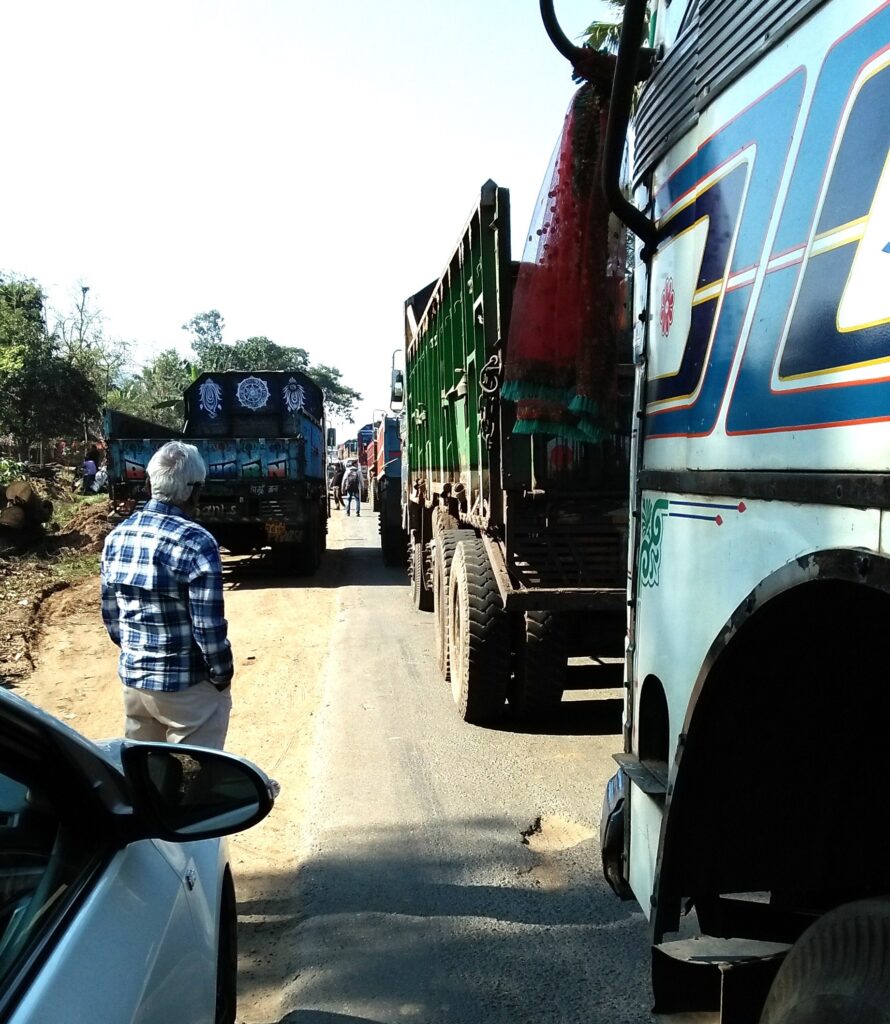
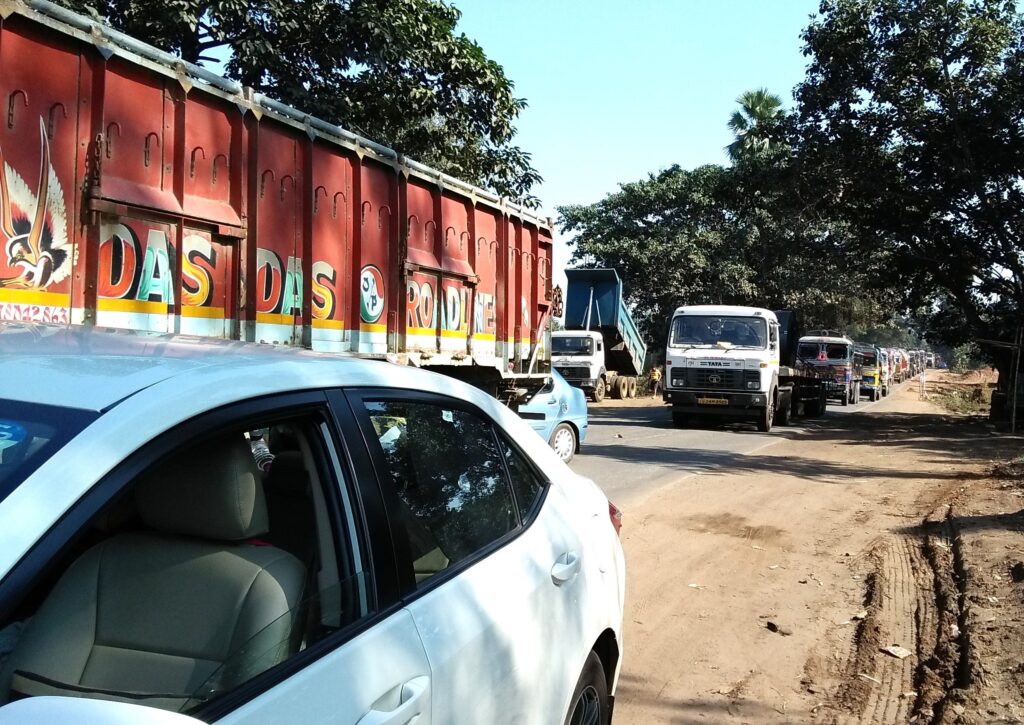
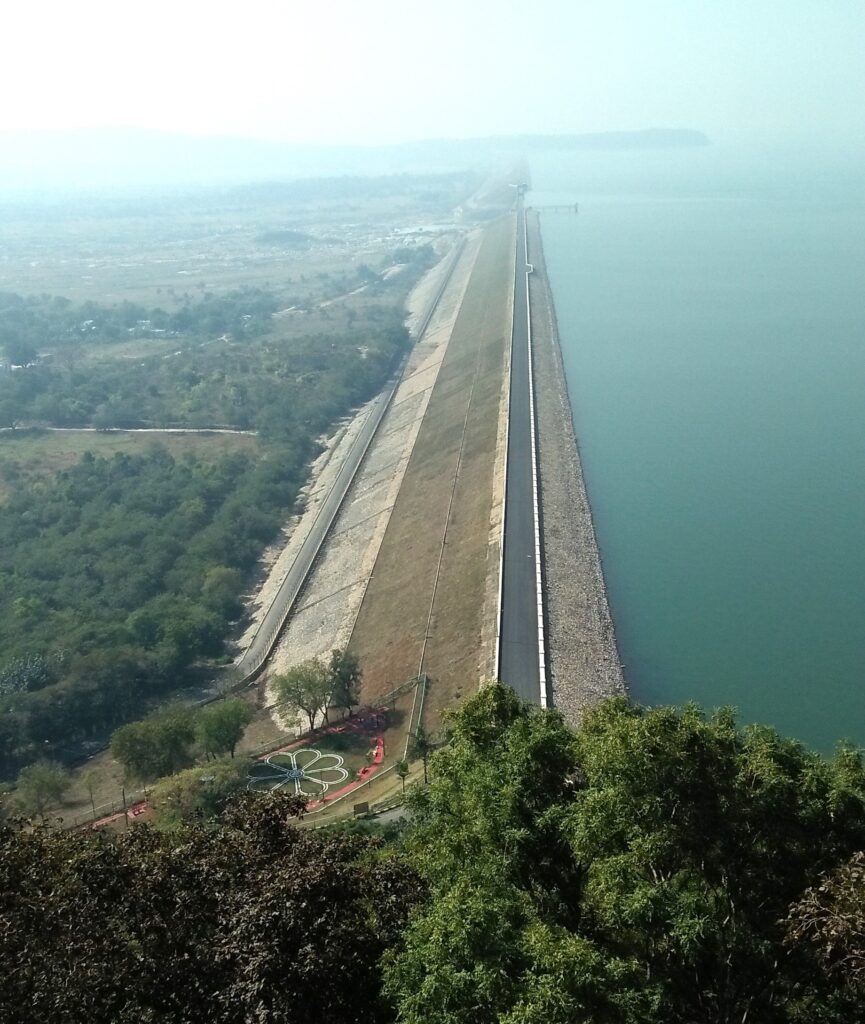
After an early breakfast the next morning we left Sambalpur for Nagpur, a 475km drive from the East to the centre-point of the country. We crossed the state of Chhattisgarh, pointing out famous geographical sign posts of Bilaspur, Raipur, Bhilai and Gondhia to my daughter. We entered the bustling city of Nagpur towards evening and found our way to my school friend’s bungalow, where she lived with her mother-in-law. We spent a pleasant 2 nights with them; Appa and her mother-in-law discussing Carnatic music and Amma getting along famously with my friend, as usual. We did a quick tour of Nagpur with her the next day and lunched at Haldiram’s, a globally famous snack brand native to the city.
Our last and final leg of this great road trip, that took us across 6 states and 4500 kms, was the unmissable Aurangabad. It was Amma’s idea to go there. I was proposing to do the length from Nagpur to Mumbai in one stretch while discussing the travel plan, but Amma objected, saying she wasn’t going to be immobile in the car for 16hrs. We would have to break the journey. Thus, she proposed Aurangabad, which she and Appa had visited on their honeymoon, almost 58 years ago. And what a way to end the trip! We reached our hotel Green Olive at Aurangabad at around 6pm. After a wonderful dinner of delicious, subtle biryani, among other dishes, we gratefully slept. Our first halt after the next morning’s breakfast was Ellora. We hired a government-certified guide and, along with another family set out to explore 3 of the 30 odds caves. The first, of course, was Cave No. 16, the magnificent Kailasa. A monolithic structure cut from a single stone, from top to bottom and scooped inside-out. It is considered one of the most remarkable cave temples of the world. It was built by the Rashtrakutas with later influences of the Pallavas and the Chalukyas. As I write this, the scene from the book / movie Ponniyin Selvan comes to mind, where Aditya Karikalan, the Chola Crown Prince, refuses to behead the proud but defeated Rashtrakuta King, as he did not believe in killing an unarmed man. Great Dynasties all! We walked around in amazement, pointing out scenes from the Mahabharata to my daughter. No other cave could quite match Cave No 16 – it was incomparable.
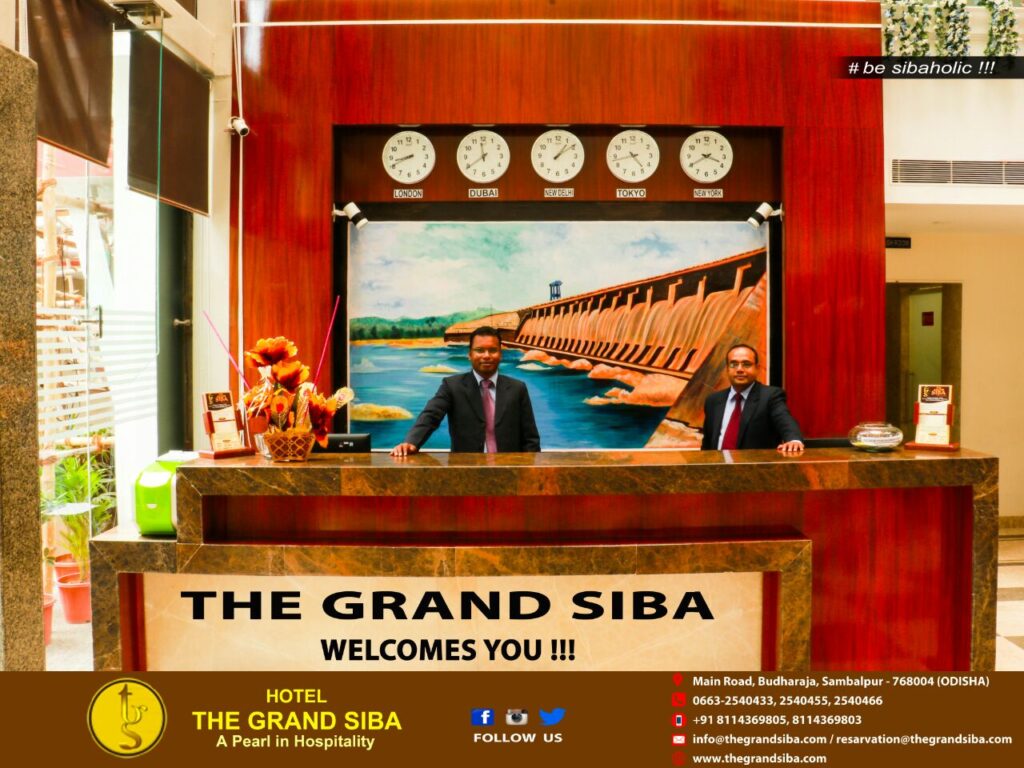
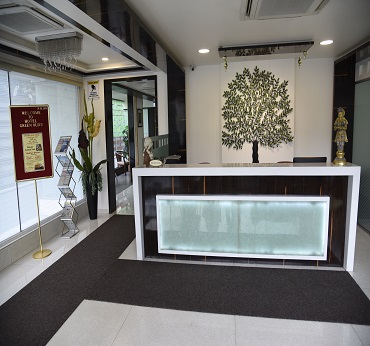
Our next halt was the great Daulatabad fort. Did we stop anywhere to eat? I don’t remember. Amma and Appa stayed below and my daughter and I climbed the great, impregnable fort made famous by Mohammed Bin Thuglaq, who first made Delhi his capital and then shifted his troops and people to his new capital, Daulatabad for better administrative control. It was a failed decision and he was prompted to move back to Delhi again. The 700-year old fort was built by the Yadava kings. My daughter and I climbed 3kms to the top, navigating dark caves and a maze (bhool bhulaiyya), and steep, unprotected, uneven stone steps to finally reach the narrow top, where the cannon ‘Gauri Tope’ still looked menacingly outward. Exhausted but triumphant, we surveyed the scene below, with the welcome breeze cooling our effort. My daughter held my hand tightly, as there was no barrier at all between the edge and the steep drop below. After spending a few minutes at the top, we climbed back down. Amma had bought a few guavas, famous produce of Aurangabad.
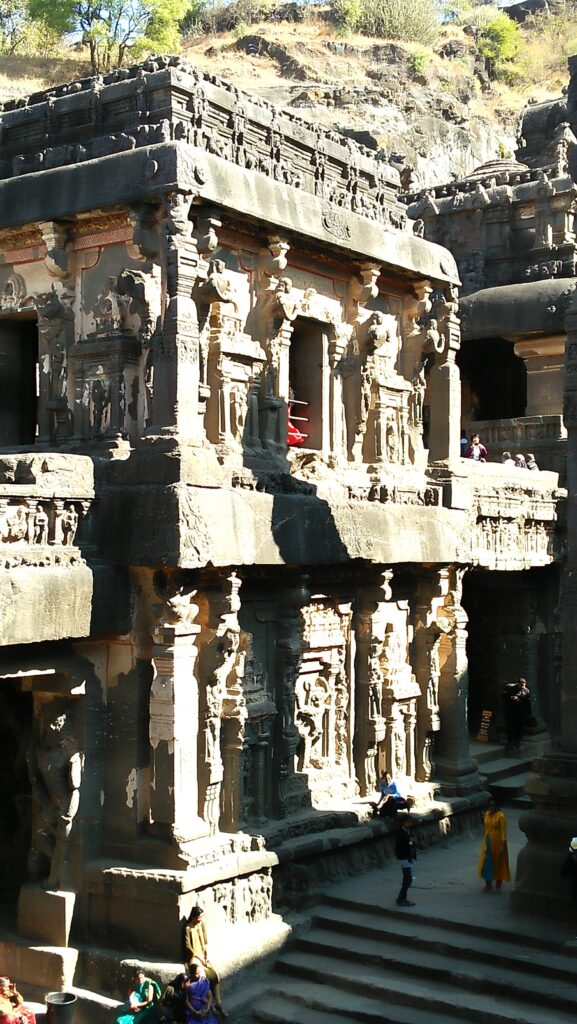
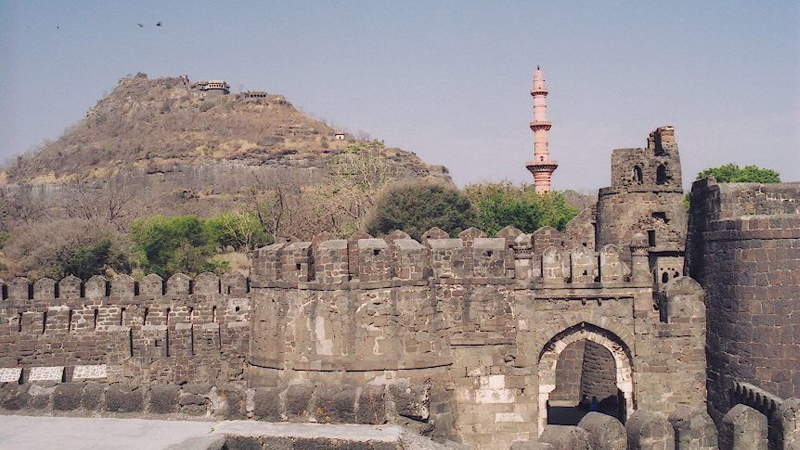
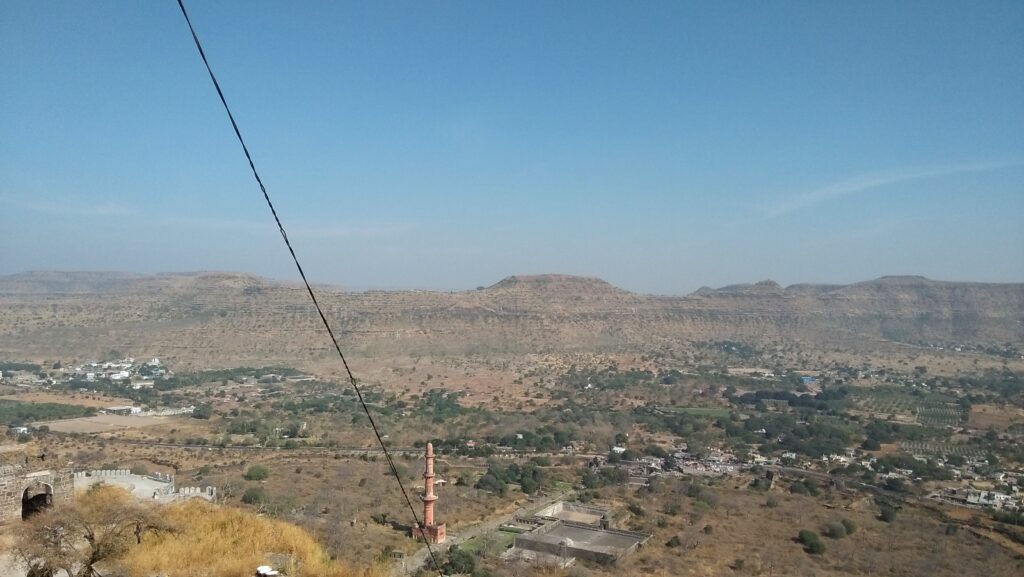
Randomly I would have loved to have been the driver for our road trips, but Amma was very clear that we would not travel if we did not have a driver. Our sarathi was from Tirunellveli, working in Mumbai. He was middle-aged and most enthusiastic about our trips, ready to come any time of year. He was well-informed, reading tamil newspapers and magazines wherever available. Most importantly, he was a very competent driver and took good care of our car.
We spent the hours in the car talking briefly, dozing, checking road signs, following our road maps. My daughter had her head phones and her music, but was allowed to use them only in short bursts. We also carried portable games like knots & crosses, snakes and ladders. Amma would update the expenses whenever we stopped for petrol, toll or food. Appa would give us interesting facts and tell stories off and on. Time passed very quickly.
We chose hotels based on their quality of service, comfort and proximity to the places we were visiting. For overnight stays enroute, we chose the best available hotels closest to the National Highways so we could exit quickly the next morning, without passing through the city. I have found that some of the most memorable places we have stayed in were government owned. Their location was on prime land with the finest views, their rooms, simple and functional. Our choice was very clear: why stay in a hotel with a swimming pool when the Ganges was at your doorstep?
After all this excitement the visit to Bibi-ka-Maqbara, a mausoleum built by Aurangzeb’s son for his mother, seemed a damp squib. My daughter, however was happy to visit as she had not seen the Taj Mahal yet. Dropping off Appa and my daughter at the hotel, Amma and I went to a small weaver’s boutique ‘Himroo Fabrics’ where we bought beautiful Paithani and Himroo sarees. The next day we left Aurangabad for our home in Mumbai. Truly, we were fortunate to be able to get a glimpse of this great country! As always, after every trip, Appa went to the local temple and broke a coconut as an offering to Lord Ganesha.
Leave a Reply